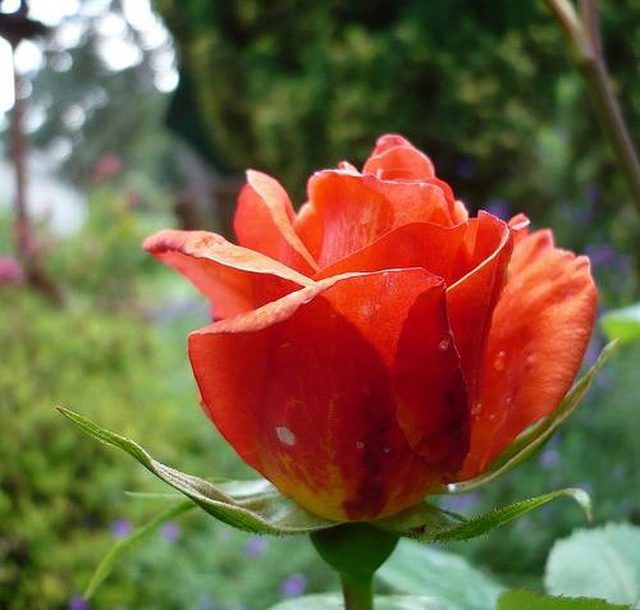Bulbs
Flower Basics
Flower Beds & Specialty Gardens
Flower Garden
Garden Furniture
Garden Gnomes
Garden Seeds
Garden Sheds
Garden Statues
Garden Tools & Supplies
Gardening Basics
Green & Organic
Groundcovers & Vines
Growing Annuals
Growing Basil
Growing Beans
Growing Berries
Growing Blueberries
Growing Cactus
Growing Corn
Growing Cotton
Growing Edibles
Growing Flowers
Growing Garlic
Growing Grapes
Growing Grass
Growing Herbs
Growing Jasmine
Growing Mint
Growing Mushrooms
Orchids
Growing Peanuts
Growing Perennials
Growing Plants
Growing Rosemary
Growing Roses
Growing Strawberries
Growing Sunflowers
Growing Thyme
Growing Tomatoes
Growing Tulips
Growing Vegetables
Herb Basics
Herb Garden
Indoor Growing
Landscaping Basics
Landscaping Patios
Landscaping Plants
Landscaping Shrubs
Landscaping Trees
Landscaping Walks & Pathways
Lawn Basics
Lawn Maintenance
Lawn Mowers
Lawn Ornaments
Lawn Planting
Lawn Tools
Outdoor Growing
Overall Landscape Planning
Pests, Weeds & Problems
Plant Basics
Rock Garden
Rose Garden
Shrubs
Soil
Specialty Gardens
Trees
Vegetable Garden
Yard Maintenance
What Are the White Spots on Rose Bushes?
What Are the White Spots on Rose Bushes?. White spots on roses are caused by fungal disease and insect activity. The white spots are usually visible on the surface of flower, leaves or stem, but sometimes they are not so apparent. That is why it is important to look on the underside of leaves. Sometimes, insects hide at the base of the flower....

White spots on roses are caused by fungal disease and insect activity. The white spots are usually visible on the surface of flower, leaves or stem, but sometimes they are not so apparent. That is why it is important to look on the underside of leaves. Sometimes, insects hide at the base of the flower. Gardeners should discard diseased or damaged plant material and maintain good air circulation, according to "American Horticultural Society Practical Guides: Roses" by Linden Hawthorne (see Resources).
Mildew
White spots on roses are often caused by powdery mildew, a fungus disease that affects the surface of leaves. The white mildew is spread by the wind and develops during humid periods, according to the University of Illinois Extension website. Mildew is reduced with water, sanitation, fungicide spray and pruning.
Aphids
Some forms of aphids take on a waxy cast that make them appear as white spots on roses. Integrated Pest Management at the University of California says aphids suck the sap from plants and are usually harmless. If too many aphids are present on the rose plants, they can cause the leaves to turn yellow and curl, so check plants often.
Scale
Other insects called scale can cause white spots on roses. Scale looks like oyster shell and appear white as eggs and nymphs. Pruning of damaged branches is recommended by Plant Answers.
Leaf Hopper
The Leaf Hopper is a grey, green or yellow insect that measures 1/4 to 1/2 inch in length. Some forms of the bug feed on the underside of leaves that causes a white stippling pattern, according to the Texas Agriculture Extension Service.
Sun Scorch
White spots can appear on roses when the plants receive too much sunlight or heat. The Master Gardeners of The Southwest View News describe the problem as sun scorch, a form of sun bleaching that can kill leaves. Climbing roses are also susceptible to sun scorch when excess heat radiates off support walls and hits the back of plants.